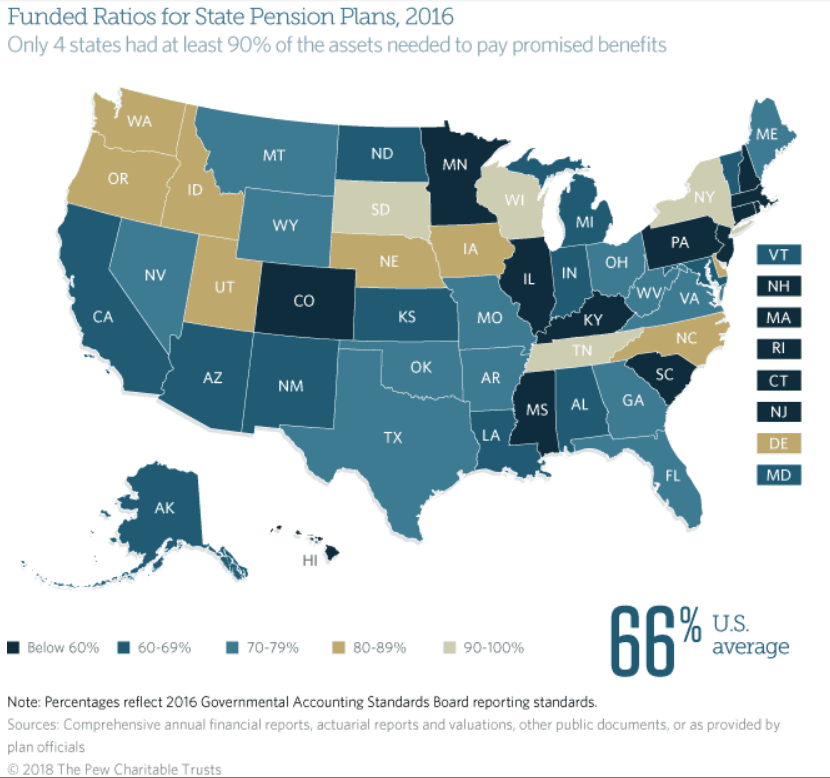Need to Know
Reach NC Voices is powering a survey for the myFutureNC Commission to ask North Carolinians about strengthening educational and economic opportunities in their communities. You can take the survey here.
Also, don’t forget to ask us your questions about North Carolina politics, policy, and government. What do you wonder?
Dropping Knowledge
The US Burden of Disease Collaborators released a massive report this week titled “The State of US Health, 1990-2016” in which they provide a comprehensive assessment of health patterns in each state. Here’s what’s happening in North Carolina:
- Life expectancy at birth increased from 74.7 years in 1990 to 77.9 years in 2016, moving North Carolina from 40th in the nation to 37th.
- The age-standardized death rate fell from 779.3 per 100,000 people in 1990 to 622.3 in 2016.
- North Carolina is one of only 15 states where the probability of death among adults aged 22 to 50 years decreased more than 10 percent from 1990 to 2016; in 21 states, the probably of death for this age group actually increased during that time period.
- Declines in HIV/AIDS, road injuries, and neoplasms accounted for much of the decrease in probability of death for adults aged 22 to 50 years while drug use disorders, alcohol use disorders, and chronic kidney diseases accounted for much of the increase in probability of death in some states.
For Your Consideration
North Carolina’s pension funding is looking pretty good in comparison to the majority of states, according to a new issue brief from Pew Charitable Trusts. In 2016, North Carolina’s funding ratio for its pension plan was 88 percent, meaning the state had 88 percent of the assets needed to pay promised benefits. The national average funding ratio is 66 percent.

According to the report, one of the major causes of the pension funding gap is the fact that investment returns fell short of state assumptions; the median return on state pensions was 1 percent compared to the median assumption of 7.5 percent.
In response to this funding crisis, some states have altered their public pensions by cutting benefits. Another study published this week by the Center for State and Local Government Excellence suggests these states are struggling to hire the same quality workers after the cuts.
What we're reading
How the CIA’s secret torture program sparked a citizen-led public reckoning in North Carolina
A commission against torture in North Carolina may serve as a model for how citizen-led initiatives can create transparency and accountability for abuses of power in government.... Read the rest-
The Unfulfilled Promise of the Fair Housing Act
-
To Curb Rising Health Insurance Costs, Some States Try 'Reinsurance Pools'
-
Hog Waste In NC Has Been A Relatively Untapped Fuel Source. Until Now.
-
HUD Awards Unprecedented $28 Billion of Disaster Recovery Grants
-
Your Future Home Might Be Powered By Car Batteries
-
How China’s proposed tariffs could affect U.S. workers and industries


